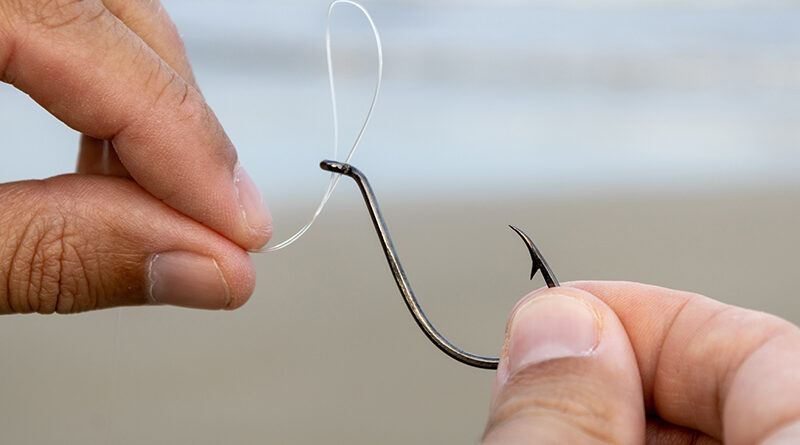Mastering the Art of Saltwater Fishing Knots: Essential Techniques for Anglers
Saltwater fishing is not just a sport; it’s a pursuit that requires skill, knowledge and technique. Among the many skills that anglers must master, tying proper knots is paramount. Whether you’re battling a marlin in the deep blue sea or casting lines from a rocky shore, the right knot can make all the difference between landing the catch of the day or watching it slip away.
Knots are the unsung heroes of saltwater fishing. They are the vital link between an angler’s line, lure or bait and the fish lurking beneath the waves. A well-tied knot ensures that your line remains secure, minimizing the risk of breakage and lost fish. Moreover, different knots serve various purposes, from attaching hooks and swivels to joining lines and leaders. Each knot has its unique properties, making it suitable for specific fishing scenarios.
Essential Saltwater Fishing Knots
- The Improved Clinch Knot: This versatile knot is ideal for securing hooks, lures or snaps to your fishing line. It’s easy to tie and retains a high percentage of the line’s original strength.
- The Palomar Knot: Known for its simplicity and reliability, the Palomar knot is excellent for tying terminal tackle, such as hooks and swivels, to your line. It’s particularly effective with braided lines.
- The Uni Knot (or Duncan Loop): A favorite among saltwater anglers, the Uni Knot is prized for its strength and versatility. It can be used to join lines of different diameters, create loops for lures or hooks, and even secure terminal tackle.
- The Bimini Twist: While more complex to tie, the Bimini Twist is unmatched in strength and durability. Anglers often use it to create double-line leaders for big game fishing, where the risk of line breakage is high.
- The Albright Knot: This knot is indispensable for connecting different types of fishing lines, such as monofilament to braided line or wire leaders. It creates a smooth, streamlined connection that passes through rod guides with ease.
Like any skill, mastering saltwater fishing knots requires practice and patience. Beginners should start with the basics, focusing on knot-tying fundamentals such as threading, wrapping and cinching. Many anglers find it helpful to practice tying knots at home before hitting the water. With time and experience, you’ll develop the dexterity and muscle memory needed to tie knots quickly and efficiently, even in challenging conditions.
From casting lines from a pier to trolling offshore or battling giants on the open ocean, the right knot can mean the difference between success and frustration. By mastering essential saltwater fishing knots and understanding when to use them, anglers can enhance their chances of landing that trophy catch thus creating unforgettable memories on the water.


